

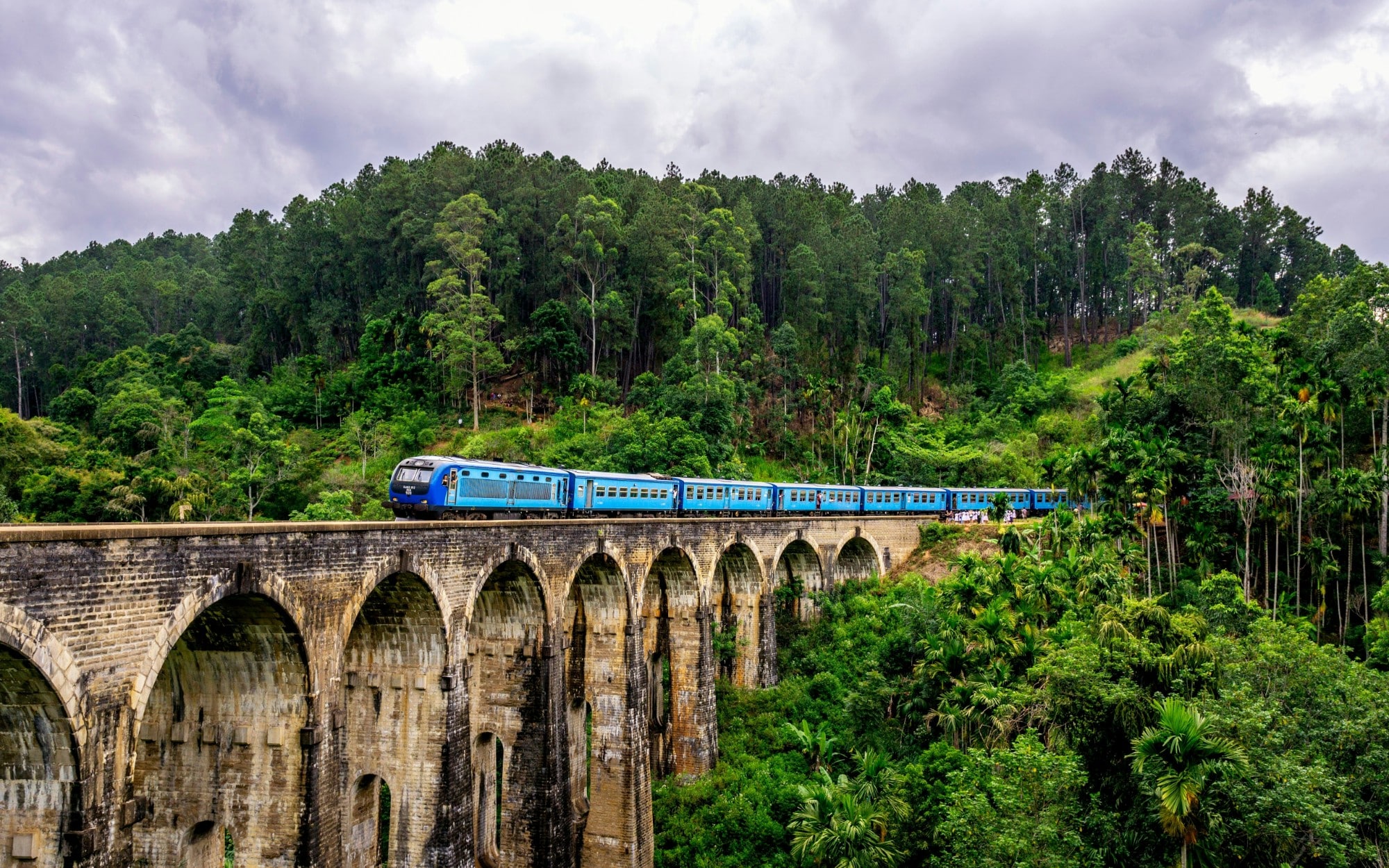
Sri Lanka, “Pearl of the Indian Ocean”, invites you to explore a world of wonders on an island with a thousand treasures. From UNESCO-listed ancient cities to lush tea plantations, and from wildlife-rich national parks to golden beaches lined with coconut trees, our stays in Sri Lanka are a concentration of unique experiences. Explore our offers and let yourself be charmed by the diversity and hospitality of this resplendent island.
An incredible diversity on a small island
In just a few hours, go from tropical beaches to the cool mountains of tea plantations, passing through the savannah of national parks.
An exceptional cultural heritage
The “Cultural Triangle” is home to grandiose archaeological sites, rock temples, and ancient fortresses that testify to 2000 years of history.
An abundant wildlife
Observe herds of elephants, leopards, monkeys, and a myriad of birds in the many national parks on the island.
Legendary hospitality and kindness
Sri Lankans are renowned for their warm welcome and smile, making the trip all the more memorable.
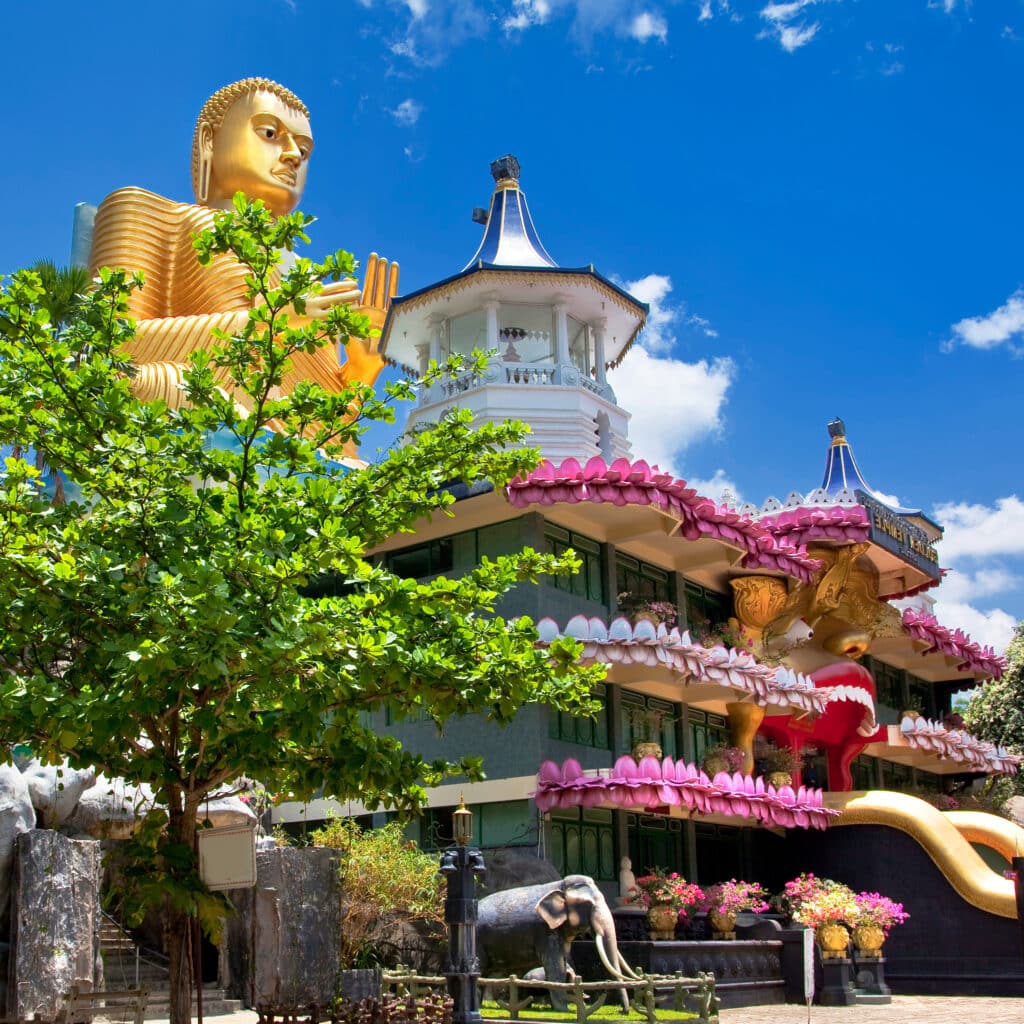
€3,606
price per person
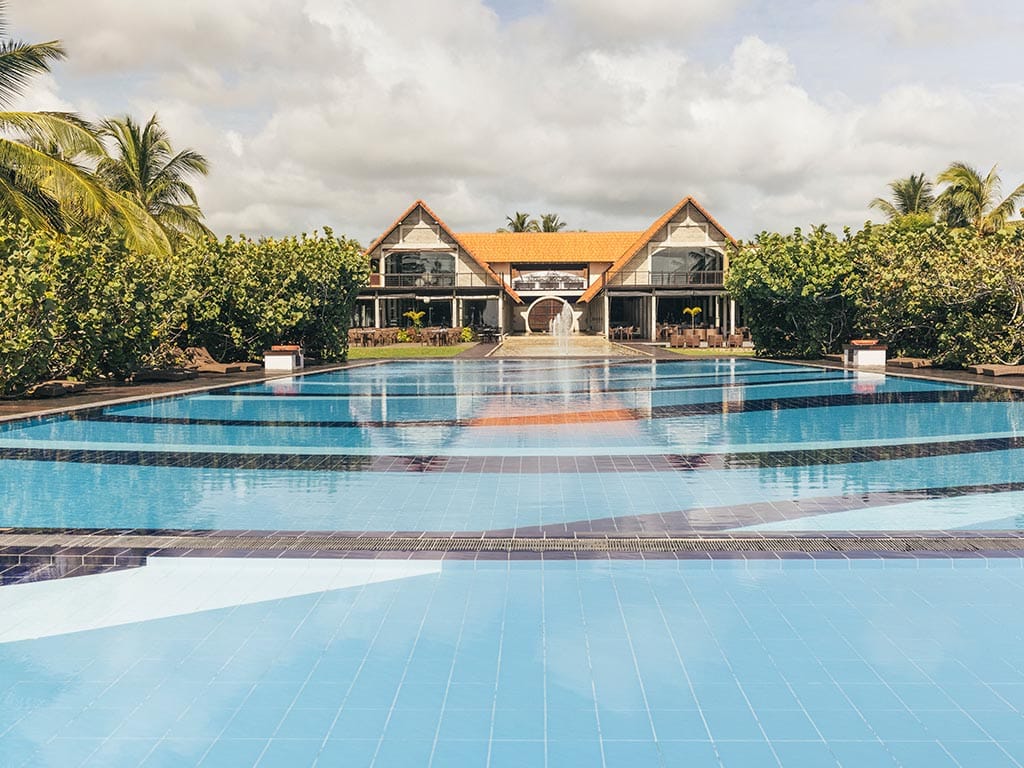
€1,279
price per person






€2,975
price per person
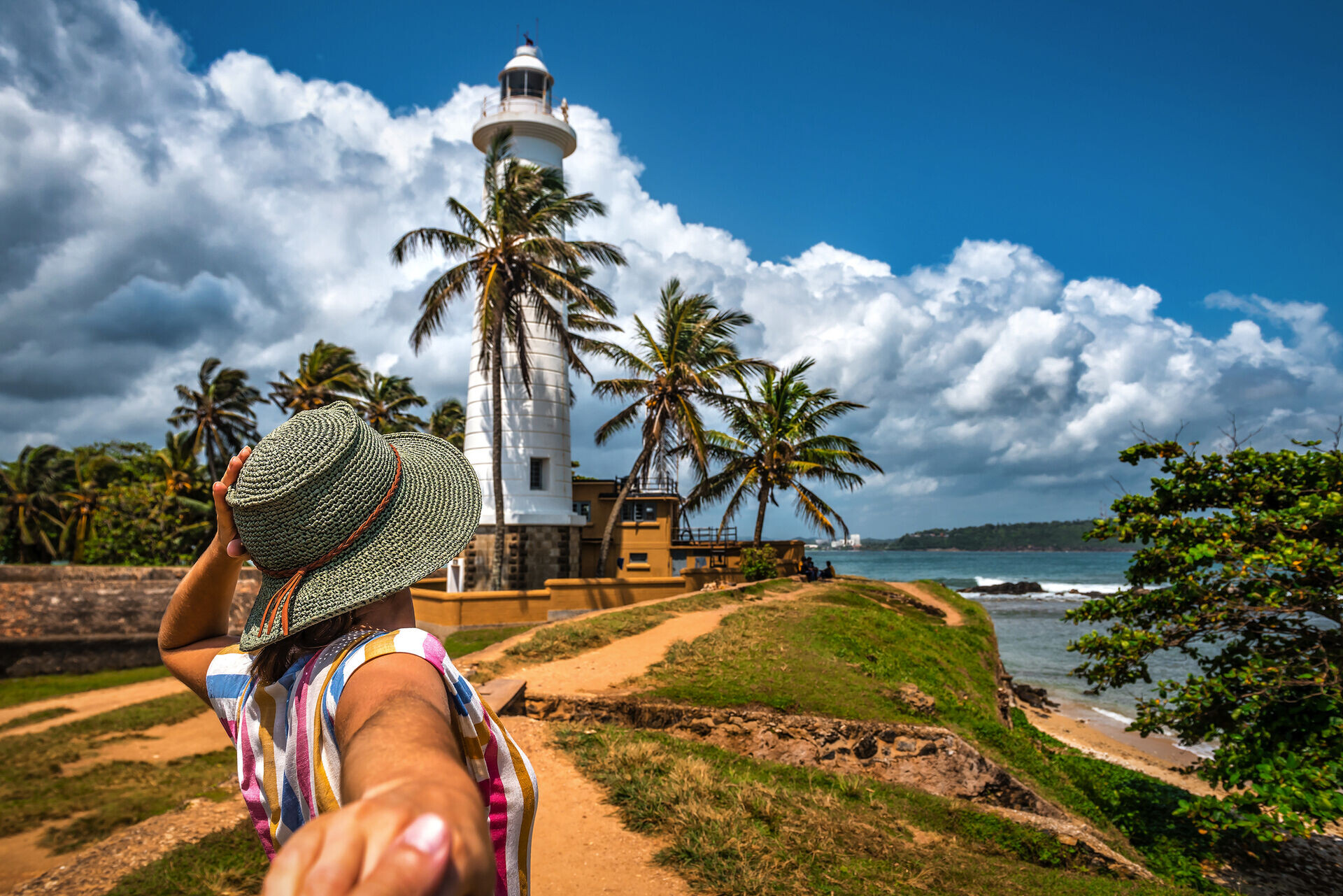
3495€
price per person

2195€
price per person
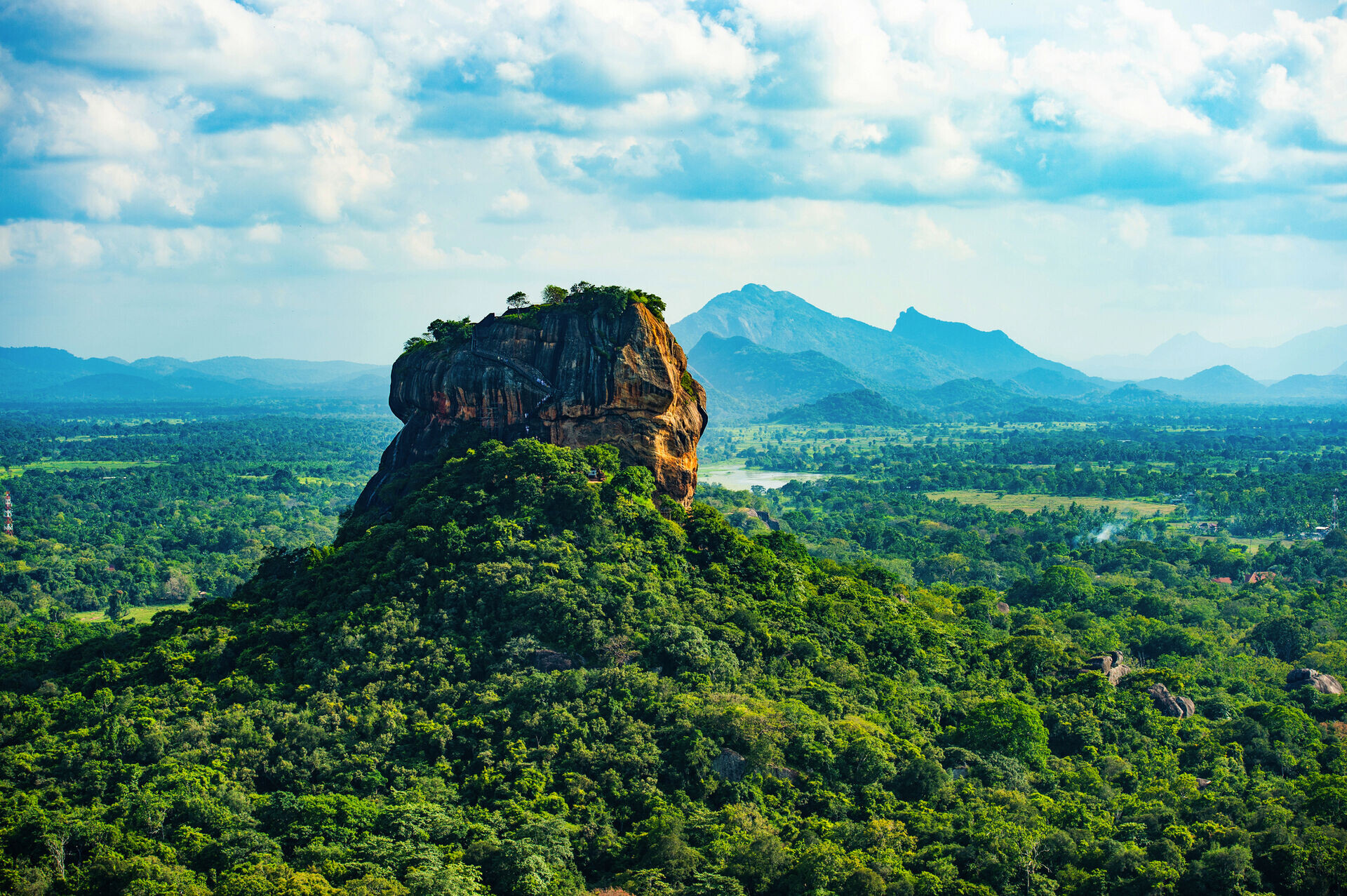
6988€
price per person
Sri Lanka is rich in spectacular sites. The fortress of the Lion Rock of Sigiriya is an ascent not to be missed. The Cultural Triangle includes the ancient cities ofAnuradhapura et Polonnaruwa, as well as the caves of Dambulla. The city of Kandy is famous for its lake and the Temple of the Tooth, an important Buddhist pilgrimage site. The landscapes of the tea plantations in the region of Nuwara Eliya are emblematic. For nature lovers, the Yala National Park is the best place to try to spot a leopard. Finally, the fort of Galle, with its ramparts and colonial alleys, is a jewel on the south coast.


Sri Lanka has a tropical climate, hot and humid, marked by two monsoons affecting different parts of the island at different times:
Thanks to this system, there is always a part of the island where the weather is pleasant, making Sri Lanka a destination to visit all year round.

Sri Lankan cuisine is spicy, tasty, and centered around Rice and Curry, the national dish that comes in countless variations. Don’t miss the Kottu Roti, a street dish made with shredded and sautéed flatbread with vegetables and meat. The Hoppers (Appa) are bowl-shaped rice crepes, delicious with an egg in the middle. The Lamprais is a dish inherited from Dutch colonists, consisting of rice and several curries cooked in a banana leaf.
| Jan | Feb | March | April | Mai | June | July | Aug | Sept | Oct | Nov | Dec | |
|---|---|---|---|---|---|---|---|---|---|---|---|---|
| Our opinion | ||||||||||||
| T° max | 31°C | 31°C | 32°C | 32°C | 31°C | 30°C | 30°C | 30°C | 30°C | 30°C | 30°C | 30°C |
| Rainy days | 5 d | 4 d | 7 d | 10 d | 13 d | 15 d | 13 d | 12 d | 10 d | 14 d | 11 d | 6 d |
| T° sea | 28°C | 28°C | 28°C | 29°C | 29°C | 28°C | 28°C | 28°C | 28°C | 28°C | 28°C | 28°C |
| Beach | ||||||||||||
| Diving | ||||||||||||
| Hiking |
Sri Lanka (then called Ceylon) was the first country in the world to elect a woman as Prime Minister. Sirimavo Bandaranaike took office in 1960.
The official currency is the Sri Lankan Rupee (LKR). Credit cards are accepted in tourist hotels and restaurants, but it is essential to have cash for smaller establishments, transport, and markets. ATMs are available in all cities.
The inhabitants of Sri Lanka are called Sri Lankans.
The official languages are Sinhala and Tamil. English is widely spoken in administrations and tourist areas, which greatly facilitates communication.
The sockets are mainly of type D (three large round pins) and G (British). A universal adapter is therefore essential. The voltage is 230V.